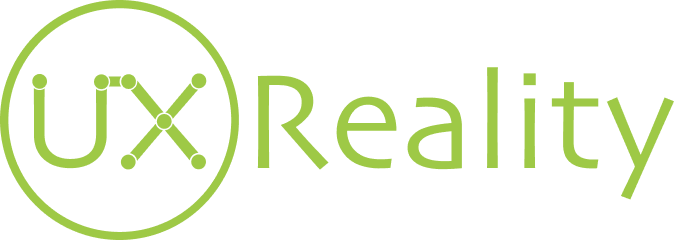When you are looking to buy a new gadget you are trying to get as much information as possible from as many trustworthy sources as you can reach. You look for answers on the Internet, you ask for an advice from your friends and colleagues, you compare prices, functions, you try to get an advice from tech-savvy sales assistants, etc. The same rule applies when you conduct market research: it gets better when it is based on as many reliable sources of information as possible.
Data obtained through EEG, Eye Tracking, Surveys, Emotion Measurement and Mouse Tracking complement each other, giving you the full picture of what customers actually think and how they actually feel about your product. So if you strive to achieve better results it’s critical to combine all tools that became available with neuromarketing.
Better data is verified data
All neuromarketing tools are designed to measure this or that aspect of customer’s involvement. For example, while eye tracking allows to see what captures customers’ attention, emotion measurement enables to understand how customers feel about what they see.
At the same time, surveys show to which extent self-reported attitude of customers towards the object of testing matches their real perception.
Thus cross-checking information with the help of multiple tools allows you to always be on the safe side and be sure that you get the most reliable data out of your research.
You want to know the truth
Ask consumers what they think about your product using offline or online survey and then see what they did not tell you by using eye tracking and emotions measurement, or vice versa.
In any case combination of neuromarketing tools gets you closer to the true customers’ attitude towards your product, or whatever you are testing. It minimizes the chances that customer’s purposeful or unconscious cheating will have a substantial impact on the outcome of your research.
The combination of tools lets you see things, which you wouldn’t have noticed under any other circumstances.
Imagine that you redesigned your landing page and changed the location of call-to-action (CTA) buttons and now you need to verify whether they became more distinguishable for customers. You make a survey, ask customers and majority of them reply “yes”. But your eye tracking and mouse tracking tests show that actually people still face difficulties with finding and noticing those CTA buttons (if you deal with landing pages read also How to encourage customers to buy through your landing page). What will you do now? Most probably you will try to fix it. At the same time, if you had used only surveys and ignored other tools, you even wouldn’t have known that there is something to be fixed. And such inaction would have definitely harmed your sales.
Combining different neuromarketing tools for the purpose of research is, of course, more complicated and takes more time than relying just on one tool such as surveys or EEG. But if you want to get reliable results, which would enhance your interaction with customers and produce more sales there is no another way to conduct a market research, than to use all available neuromarketing tools.


